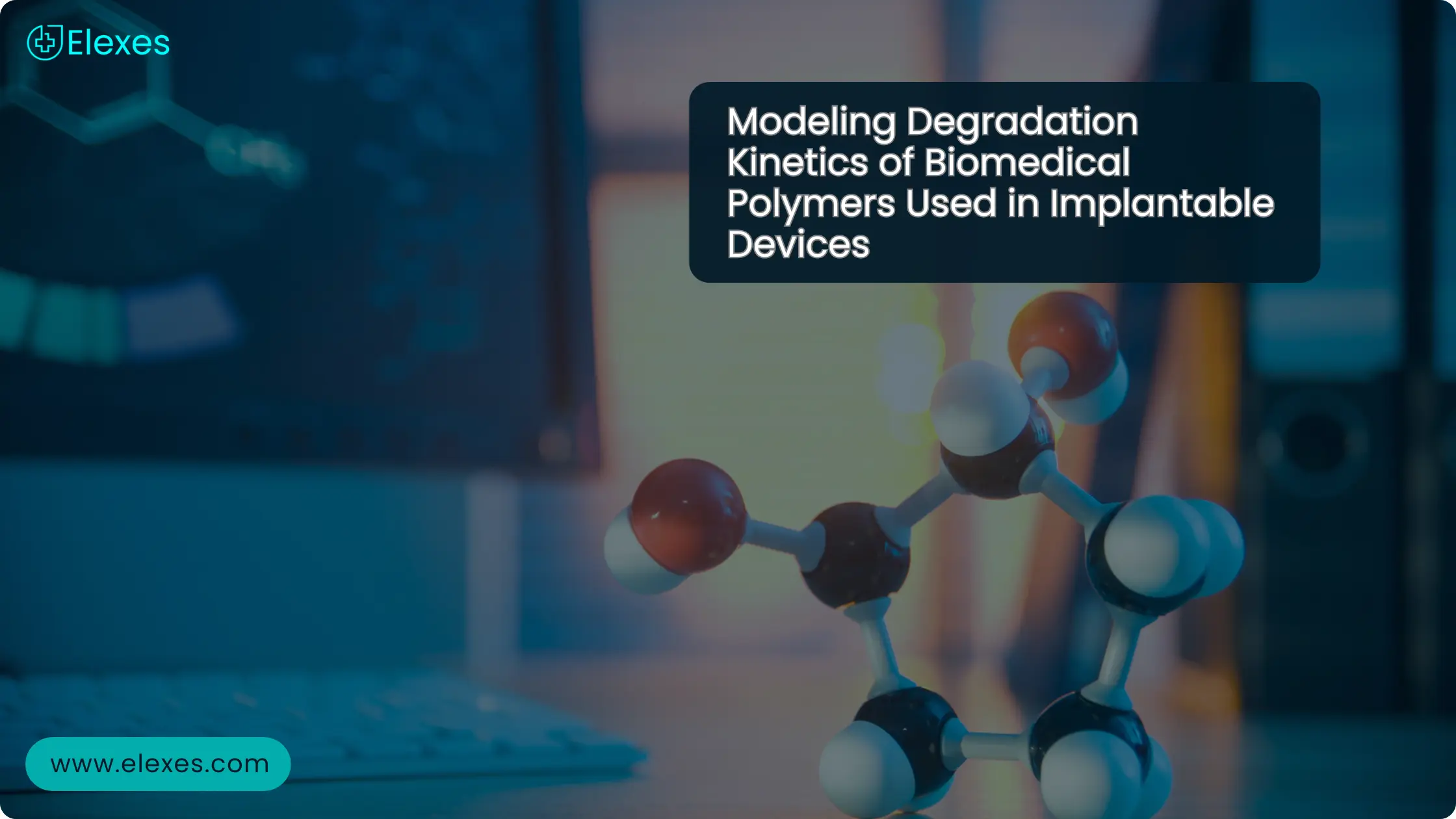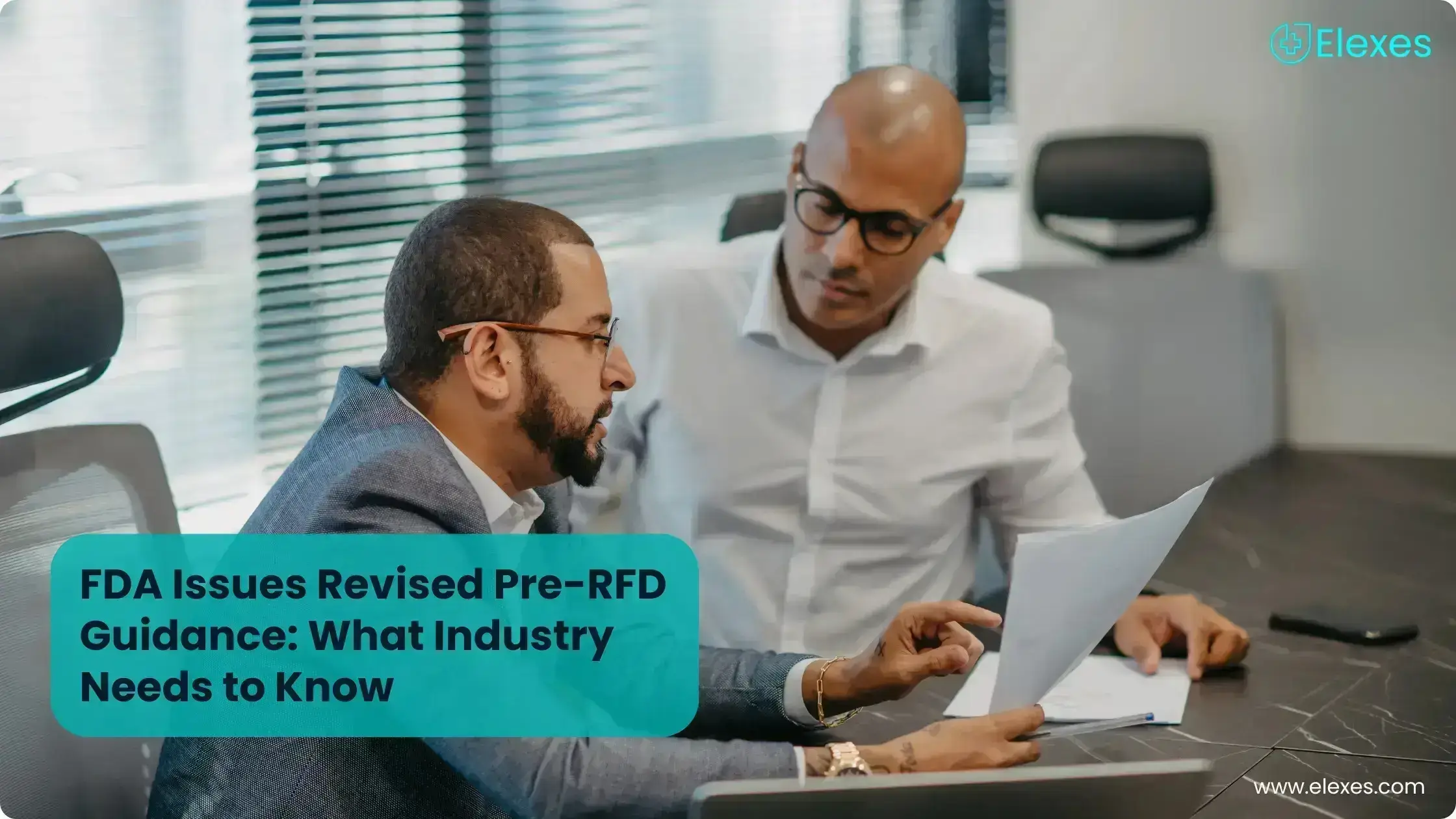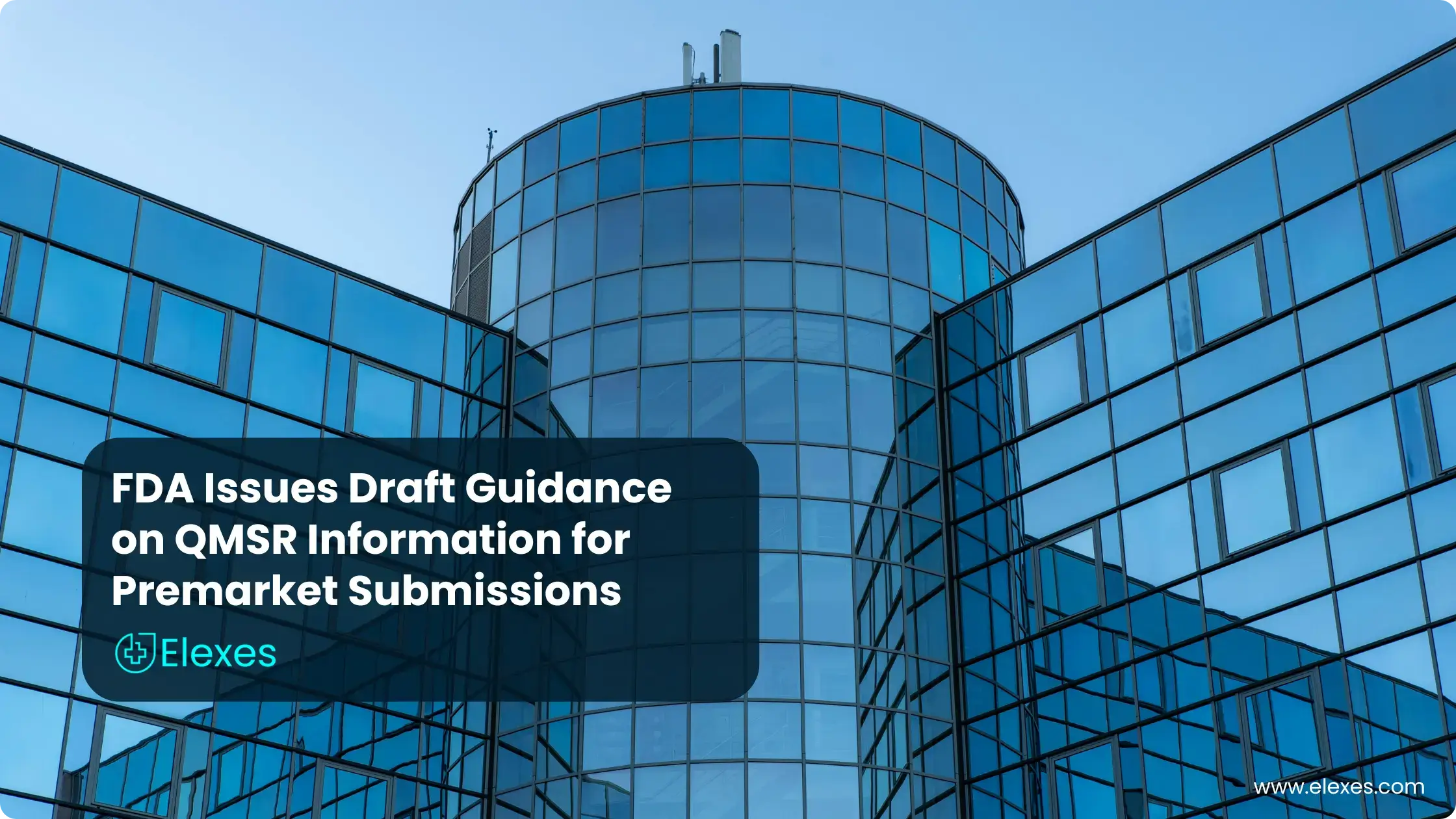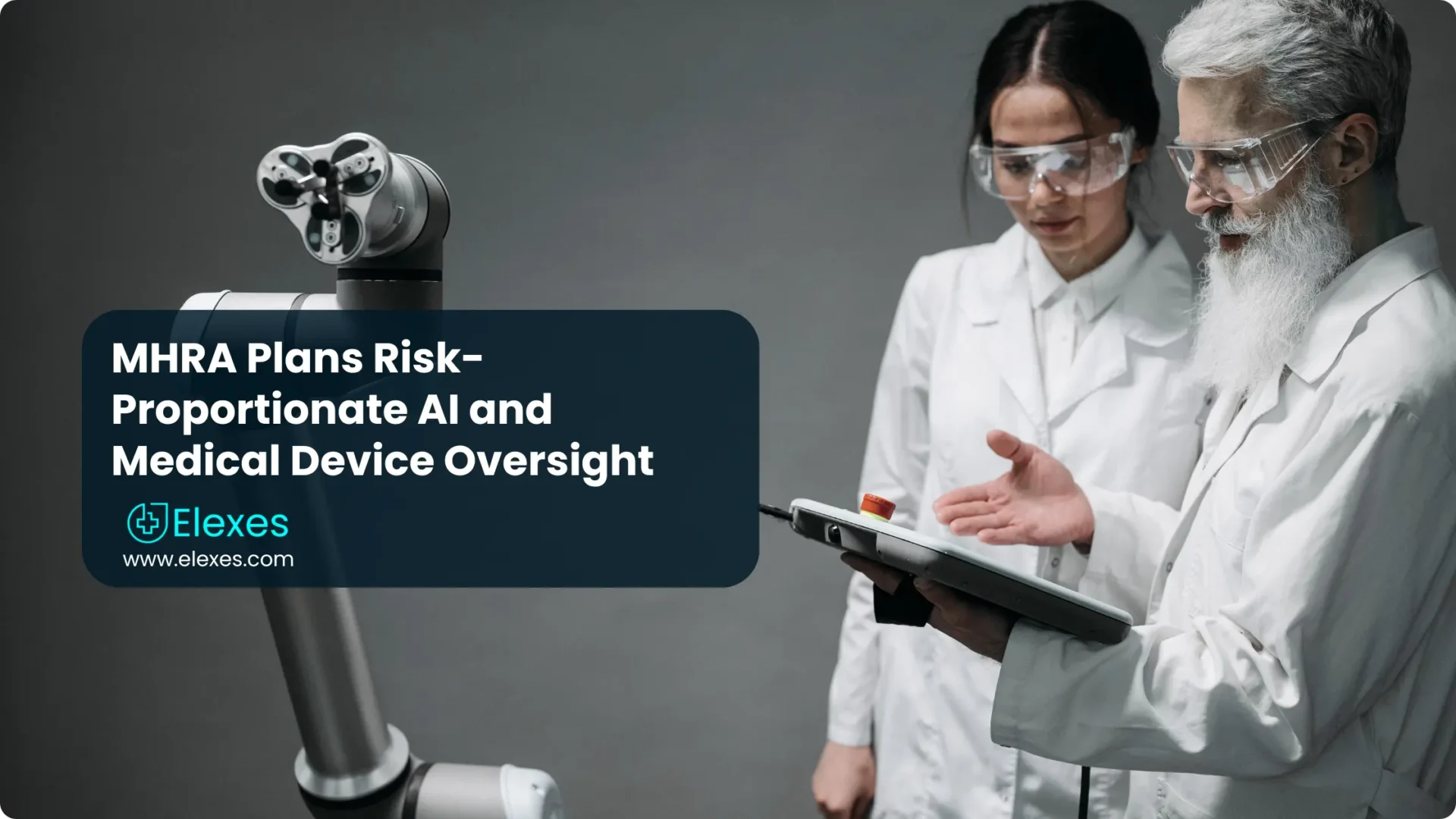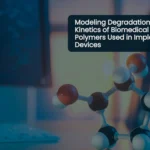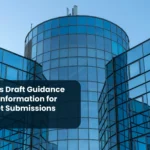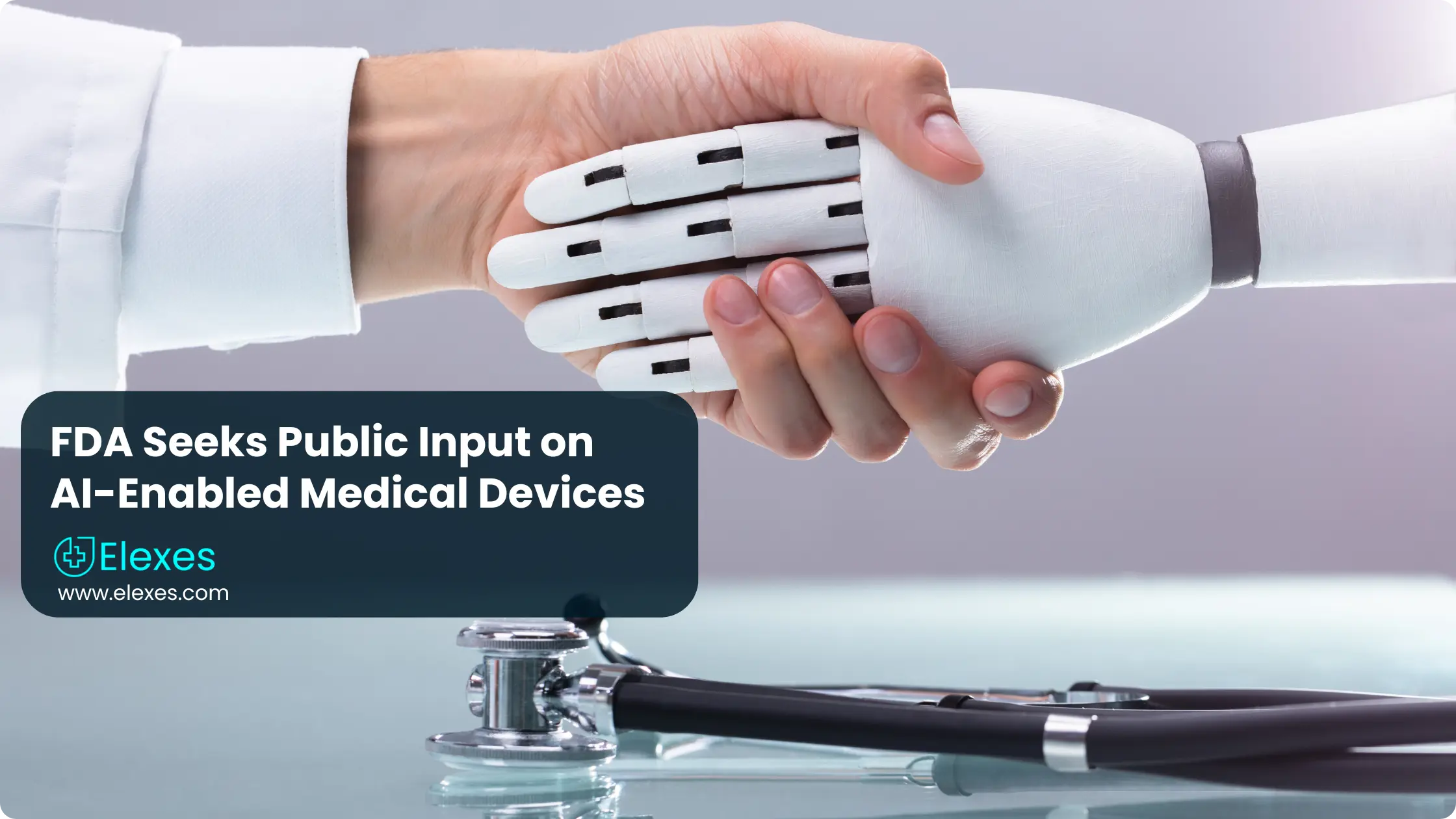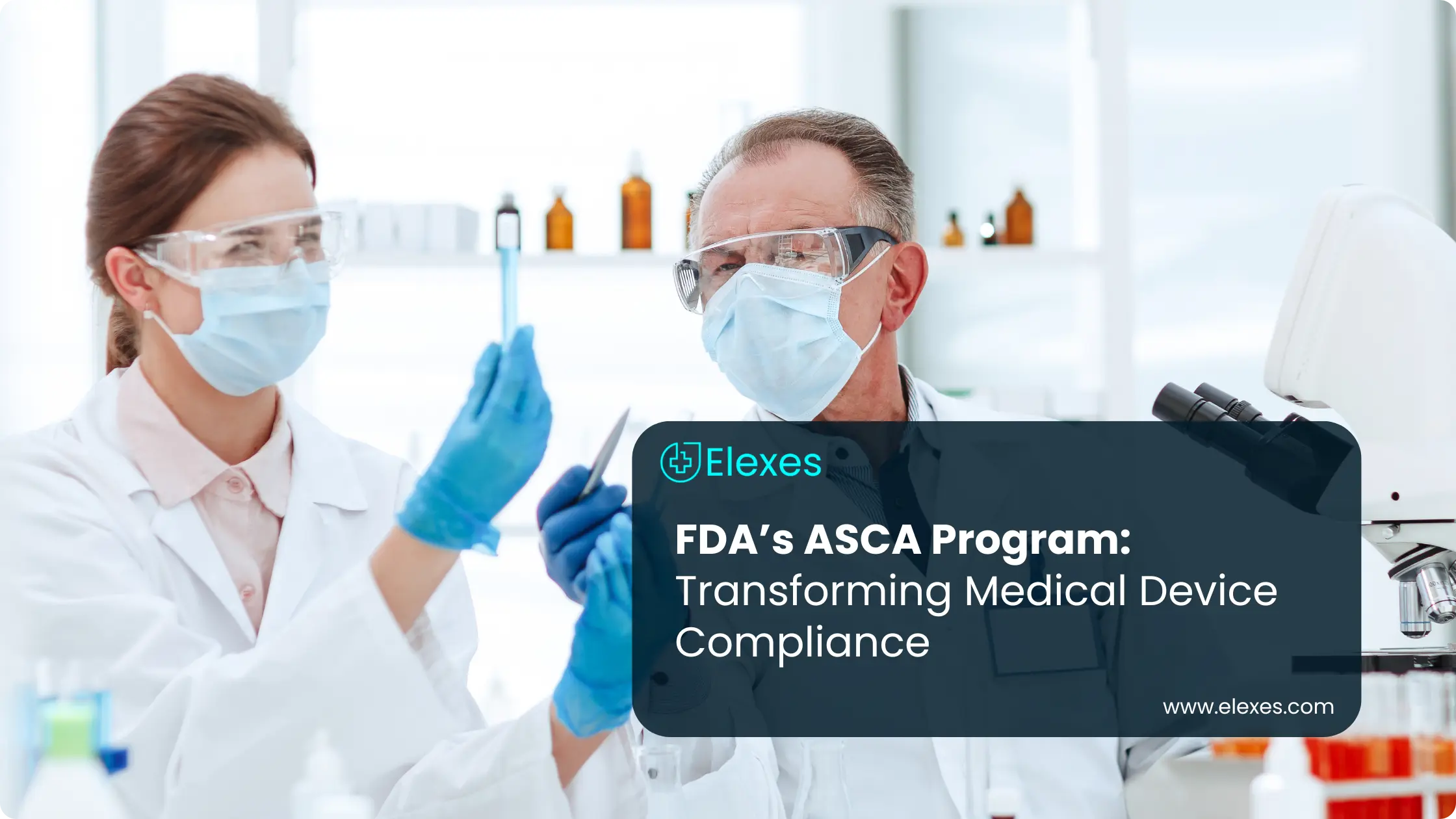What Is 510(k) Premarket Notification? FDA 510(k) Explained
510(k) Premarket Notification – A passport for market entry?
Every person who wants to market a medical device in the United States, be it a Class I, II, or III device which is intended for human use, must submit a regulatory application to the FDA unless the device being marketed is exempt from 510(k) requirements and/or Pre Market Approval (PMA) or any other kind of marketing authorization approval in the US to show that the device is safe and effective.
Submissions of Premarket Notification 510(k) for medical devices are reviewed by the FDA’s Center for Devices and Radiological Health (CDRH), specifically, by the Office of Device Evaluation (ODE) and the Office of In Vitro Diagnostics and Radiological Health (OIR).
What Is Substantial Equivalence (SE)?
Premarket Notification is a premarket submission, it is not a form/application to the FDA asking for permission to market a medical device in the US interstate commerce. After a review of the 510k, the FDA sends a letter to the submitter of 510(k) stating whether or not the medical device has been found to be Substantially Equivalent (SE). If the device is SE, the submitting company/individual can then market their device in the US. The submitter is required to establish SE with respect to a legally marketed device, that,
- has been legally marketed prior to 28th May 1976
- has been found to be SE via 510(k)
- is a de-novo device without any premarket notification requirements

There are some important requirements for establishing SE. The flowchart below lays out, at a high level, the decision making process that the FDA employs to come to a decision of SE or NSE (Non Substantially Equivalent)
510(k) Clearance vs. Approval
Once the FDA determines a device to be SE, it gets a 510(k) clearance (NOT approval) and does not need any further marketing authorization review to be sold in the US unless a change to the device technology, indications, etc is made. Manufacturers can do a thorough change assessment to determine if their modified product shall need a new 510(k) submission.
For a 510(k) review, it typically takes 90 FDA days to get back a decision letter stating SE or NSE. The following flowchart describes the various milestones and important FDA timelines that the submitter of a 510k application must be aware of:

The whole process costs approximately $2,738 for small businesses and $10,953 for others (for the year 2019).
Since the 510(k) process is such a time and cost-intensive process, it is important to have strong regulatory team to ensure that the timelines and costs do not exceed what’s planned and accounted for at the beginning of the process.


